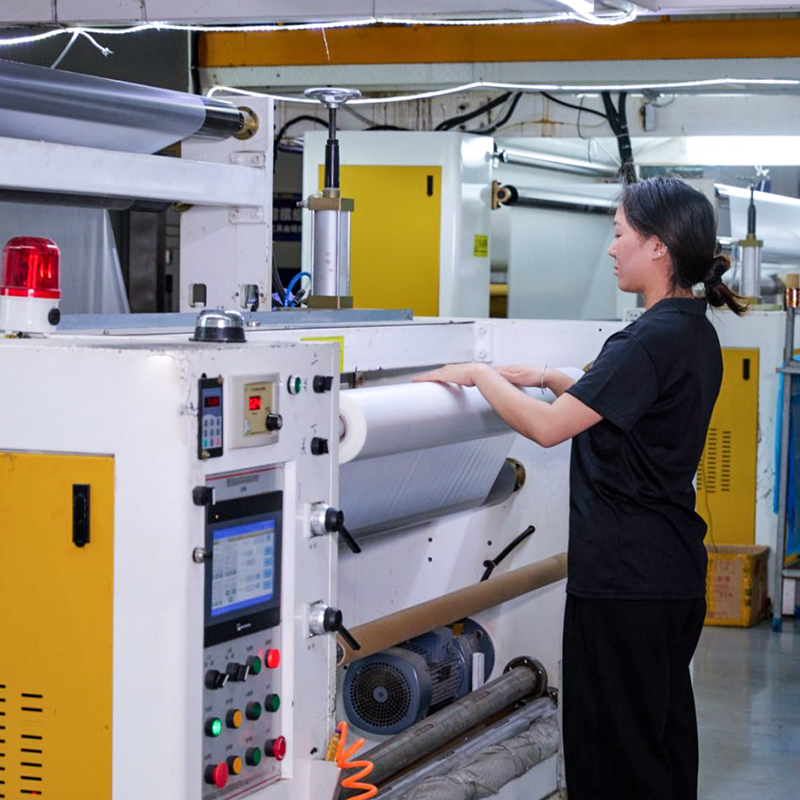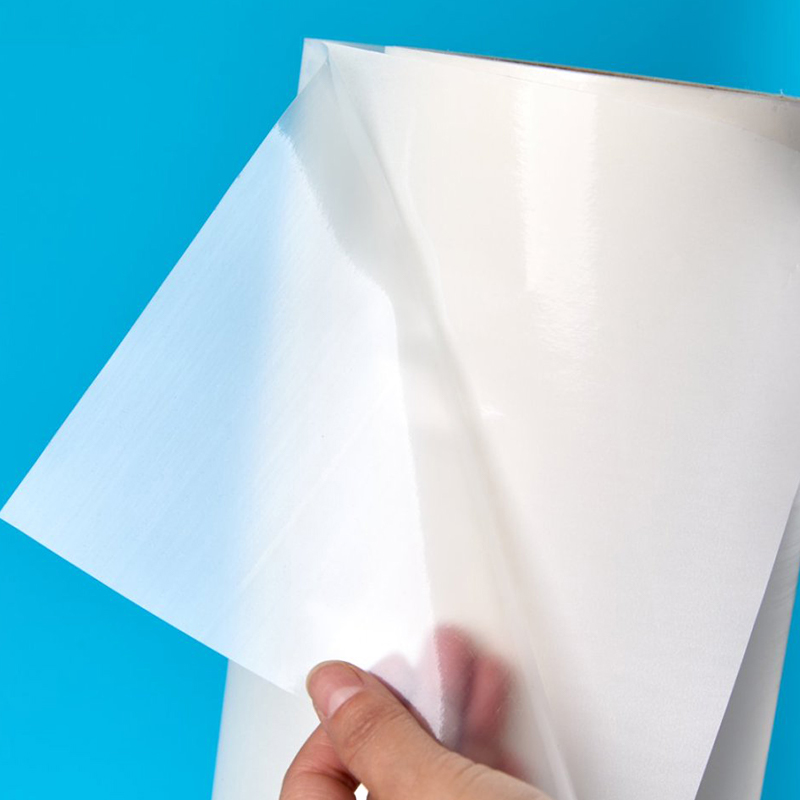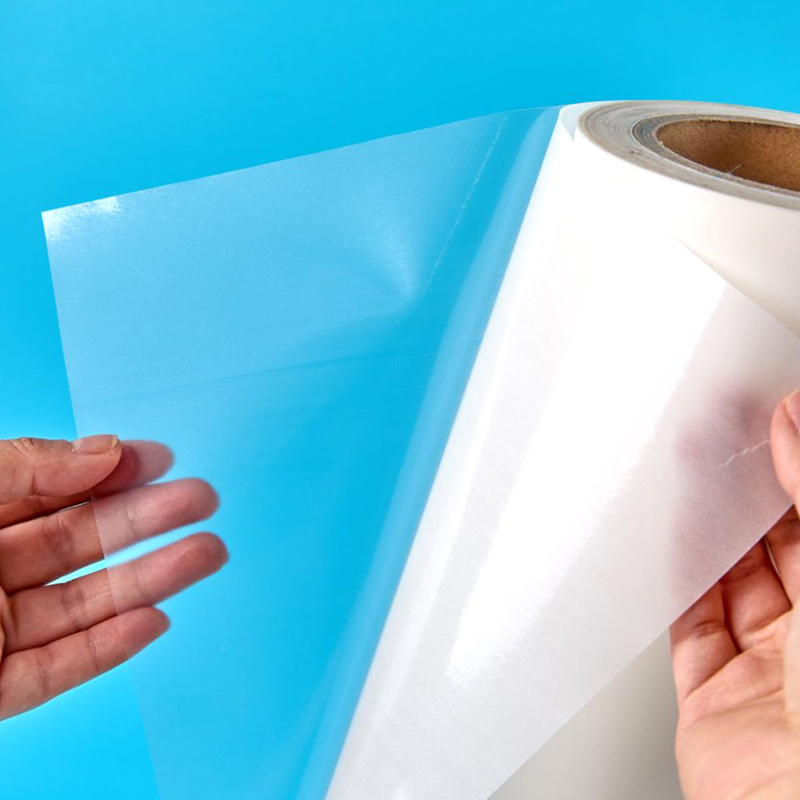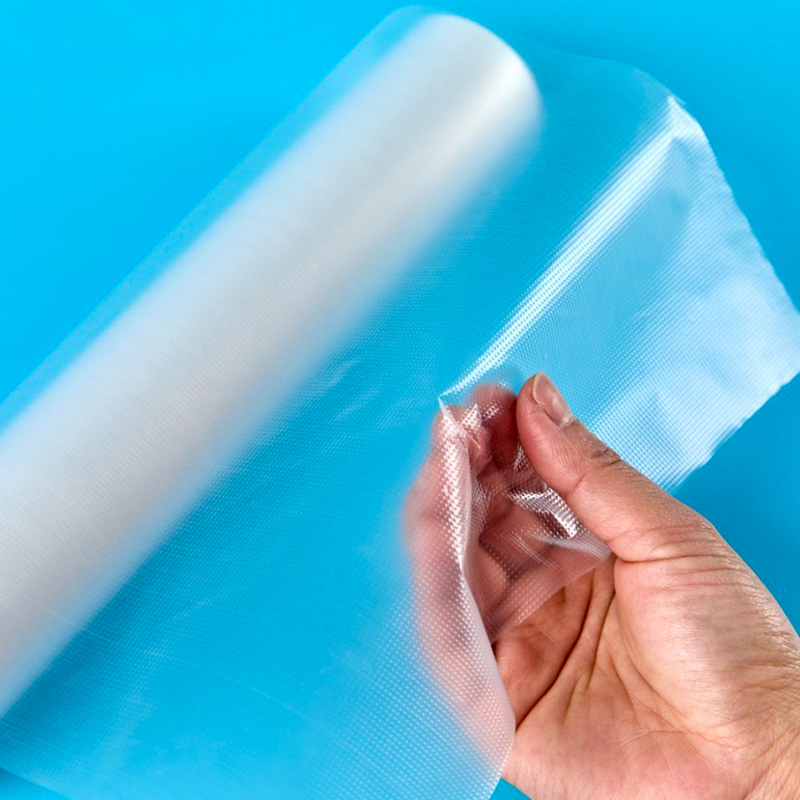Introduction: Embracing a Sustainable Material Revolution
The global push towards sustainability is reshaping industries, demanding innovative materials that offer functionality without environmental compromise. At the forefront of this movement is a groundbreaking material: self-adhesive water-soluble nonwoven fabric. This advanced fabric represents a significant leap from traditional materials, combining the practical benefits of adhesion with the ecological advantage of complete water solubility. Unlike conventional plastics or non-dissolvable adhesives that contribute to long-term pollution, this fabric dissolves entirely in water, leaving no trace of microplastics or toxic residues. Its development is a direct response to the growing need for sustainable alternatives in sectors ranging from healthcare and packaging to textiles and agriculture. By integrating adhesion properties, it simplifies application processes, reducing waste and energy consumption associated with additional bonding agents. This article delves deep into the world of this eco-friendly material, exploring its properties, diverse applications, benefits over conventional options, and its pivotal role in promoting a circular economy and greener manufacturing practices worldwide.
- Core Innovation: Merges self-adhesion with water solubility in a nonwoven structure.
- Environmental Impact: Designed to dissolve completely, eliminating plastic waste.
- Market Driver: Addresses stringent global regulations against single-use plastics.
- Functional Advantage: Simplifies usage by removing the need for separate adhesives.
What is Self-Adhesive Water-Soluble Nonwoven Fabric?
Self-adhesive water-soluble nonwoven fabric is an advanced engineered material crafted from synthetic or natural polymers, such as polyvinyl alcohol (PVA), that dissolve upon contact with water. The 'nonwoven' aspect refers to its manufacturing process, where fibers are bonded together mechanically, thermally, or chemically, rather than being woven, resulting in a fabric-like sheet with unique properties. The key differentiator is the integration of a pressure-sensitive adhesive layer that is also water-soluble, allowing the material to stick securely to various surfaces upon application and then dissolve completely when exposed to water, leaving no residue. This combination of adhesion and solubility opens up new possibilities for disposable products where convenience and environmental responsibility are paramount. The material is typically biodegradable and compostable under appropriate conditions, further enhancing its green credentials. Its thickness, dissolution rate, and adhesive strength can be customized during production to suit specific application needs, making it a versatile solution across multiple industries.
- Base Material: Often made from PVA or other water-soluble polymers.
- Manufacturing Process: Created through nonwoven production techniques like spunlace or chemical bonding.
- Adhesive Properties: Features an integrated adhesive that activates on pressure.
- Dissolution Mechanism: Breaks down completely in water, often in cold or warm temperatures.
Exploring Key Applications and Benefits
The unique properties of self-adhesive water-soluble nonwoven fabric make it suitable for a wide array of innovative applications, particularly where reducing plastic waste and improving user experience are critical. In the healthcare sector, it is used for wound dressings that dissolve gently, eliminating painful removal and reducing medical waste. In packaging, it serves as an eco-friendly alternative for wrapping individual items like soaps or fertilizers, which can be dropped directly into water without unwrapping. The textile industry uses it as embroidery backing, where it stabilizes fabric during stitching and then washes away effortlessly, leaving no residue. Additionally, it finds use in agriculture for seed tapes and in consumer products for dissolvable labels. The benefits are profound: it reduces reliance on single-use plastics, minimizes cleanup and waste disposal costs, enhances product safety by avoiding chemical residues, and supports brand sustainability goals. Its ease of use and disposal aligns perfectly with modern consumer preferences for convenient, eco-conscious products.
- Medical Field: Dissolvable wound dressings and surgical drapes.
- Sustainable Packaging: Water-soluble bags and wraps for unit-dose products.
- Textile and Embroidery: Temporary stabilizers that dissolve during washing.
- Agricultural Uses: Seed germination tapes that enrich soil.
- Consumer Goods: Dissolvable labels and adhesive layers in products.
Long-Tail Keywords and Their Semantic Relevance
To fully understand the market and search landscape around this material, it's essential to target specific long-tail keywords that capture user intent. These keywords are highly relevant to self-adhesive water-soluble nonwoven fabric, have measurable search volume indicating user interest, and typically face lower competition, making them ideal for SEO optimization. They address precise queries from professionals and consumers seeking solutions for sustainability, specific applications, or material properties. By incorporating these keywords naturally into content, we can attract a targeted audience looking for detailed information, thereby improving search engine visibility and engagement. These terms bridge the gap between broad core searches and niche applications, driving qualified traffic to content that provides in-depth answers and solutions.
- water soluble self adhesive embroidery backing: Targets textile professionals seeking eco-friendly embroidery solutions.
- dissolvable medical dressing adhesive nonwoven: Aimed at healthcare providers looking for advanced wound care products.
- eco friendly water soluble packaging material: Attracts packaging engineers and sustainability managers.
- cold water soluble nonwoven fabric tape: For users needing rapid dissolution in low-temperature applications.
- biodegradable self stick nonwoven material: Caters to a broad audience prioritizing compostability and adhesion.
Comparative Analysis: Water-Soluble vs. Traditional Nonwovens
When evaluating self-adhesive water-soluble nonwoven fabric against traditional nonwoven materials, several key differences emerge that highlight its superiority in sustainability and specialized applications. Traditional nonwovens, often made from polypropylene or polyester, are valued for their durability and low cost but pose significant environmental challenges as they are not biodegradable and contribute to plastic pollution. In contrast, water-soluble variants are designed to break down completely, addressing end-of-life concerns. While traditional materials may offer higher tensile strength for long-term use, water-soluble nonwovens provide adequate performance for single-use, disposable applications where elimination of waste is a priority. The integrated adhesive in the soluble version also removes the need for secondary processing or additional glue, streamlining manufacturing and reducing potential toxins. However, traditional nonwovens still dominate in applications requiring weather resistance or long-term stability. The choice between them depends on the specific use case, environmental goals, and functional requirements, with water-soluble nonwovens leading the charge in green innovation.
| Feature | Water-Soluble Self-Adhesive Nonwoven | Traditional Nonwoven (e.g., Polypropylene) |
| Environmental Impact | Fully dissolvable; biodegradable; no microplastics | Non-biodegradable; contributes to plastic pollution |
| Adhesion Properties | Integrated water-soluble adhesive; no extra glue needed | Often requires separate adhesive application |
| Primary Applications | Single-use medical, packaging, embroidery | Durable goods, geotextiles, filters |
| Cost Efficiency | Higher per unit but reduces waste disposal costs | Lower initial cost but higher environmental toll |
| End-of-Life Handling | Dissolves in water; compostable | Requires landfill or recycling (if possible) |
The Role in Green Manufacturing and Circular Economy
Self-adhesive water-soluble nonwoven fabric is a cornerstone in the transition towards green manufacturing and a circular economy. Green manufacturing focuses on reducing waste and pollution through every stage of production, and this material aligns perfectly by minimizing resource use and enabling cleaner disposal. Its production often consumes less energy compared to traditional plastic manufacturing, and its water-soluble nature means products made from it can be designed for circularity—where materials are recovered and regenerated rather than discarded. For instance, in packaging, it allows for a "zero-waste" delivery system where the packaging becomes part of the product use (e.g., dissolving with detergent). This reduces the burden on recycling systems and landfills, supporting a closed-loop system. Moreover, it encourages manufacturers to innovate in product design, prioritizing sustainability without sacrificing functionality. As regulations on plastic waste tighten globally, adopting such materials becomes not just an ethical choice but a strategic business imperative for long-term viability and compliance.
- Waste Reduction: Eliminates single-use plastic waste through dissolution.
- Energy Efficiency: Often requires lower energy input in production and disposal.
- Regulatory Compliance: Helps meet bans and taxes on plastics.
- Product Innovation: Enables new product categories with built-in sustainability.
- Circular Model Support: Facilitates designs where material flow is continuous and non-wasteful.
FAQ
What is the typical dissolution time for water-soluble self-adhesive nonwoven fabric?
The dissolution time varies based on water temperature, material thickness, and specific polymer formulation. Generally, these fabrics dissolve within seconds to a few minutes in warm or hot water (e.g., above 40°C), while cold water dissolution might take longer, up to several hours or more for thicker grades. For applications like water soluble self adhesive embroidery backing, dissolution in warm wash cycles is rapid, ensuring no residue is left on the fabric. Manufacturers can customize the dissolution rate to suit specific needs, such as faster dissolution for medical dressings or slower for agricultural tapes that require time before breaking down. It's crucial to follow the manufacturer's guidelines for optimal performance.
Is water-soluble nonwoven fabric safe for the environment and human health?
Yes, when made from materials like polyvinyl alcohol (PVA) or other biodegradable polymers, self-adhesive water-soluble nonwoven fabric is generally safe for the environment and human health. These materials break down into non-toxic components (e.g., water and carbon dioxide) under appropriate conditions, and they do not release microplastics. For medical uses, such as dissolvable medical dressing adhesive nonwoven, they are rigorously tested for biocompatibility and skin safety. However, it's essential to ensure that any additives or adhesives used are also eco-friendly and non-toxic. Always verify certifications like biodegradability standards (e.g., EN 13432) or FDA approval for specific applications to guarantee safety.
Can this material be used for food packaging applications?
Absolutely, self-adhesive water-soluble nonwoven fabric is suitable for food packaging when produced with food-grade polymers and adhesives that comply with regulations like FDA (U.S.) or EFSA (Europe). It is ideal for eco friendly water soluble packaging material for items such as tea bags, soup sachets, or single-dose food wraps, where the packaging can dissolve during cooking or preparation, reducing waste. However, it is crucial to ensure that the material has the necessary barrier properties to protect the food until use and that it dissolves completely without altering the food's taste or safety. Always source from suppliers who provide food-contact compliance documentation.
How does the cost compare to traditional plastic packaging?
Initially, self-adhesive water-soluble nonwoven fabric may have a higher per-unit cost compared to conventional plastic packaging due to the advanced materials and technology involved. However, when considering the total cost of ownership, it often proves more economical. It reduces waste disposal fees, minimizes the need for separate adhesives or removal processes, and can enhance brand value through sustainability appeals, potentially leading to higher customer loyalty. For applications like cold water soluble nonwoven fabric tape, the convenience and environmental benefits can justify the investment. As production scales up and technology advances, costs are expected to decrease, making it more competitive with traditional options.
What are the storage conditions to prevent premature dissolution?
To prevent premature dissolution, self-adhesive water-soluble nonwoven fabric should be stored in a cool, dry environment with controlled humidity, typically below 65% relative humidity. Exposure to moisture or high humidity can activate the dissolution process or cause the adhesive to degrade. It is often supplied in moisture-proof packaging and should be kept sealed until use. For materials like biodegradable self stick nonwoven material, proper storage is essential to maintain its adhesive properties and structural integrity. Always follow the supplier's storage recommendations to ensure optimal performance and shelf life.

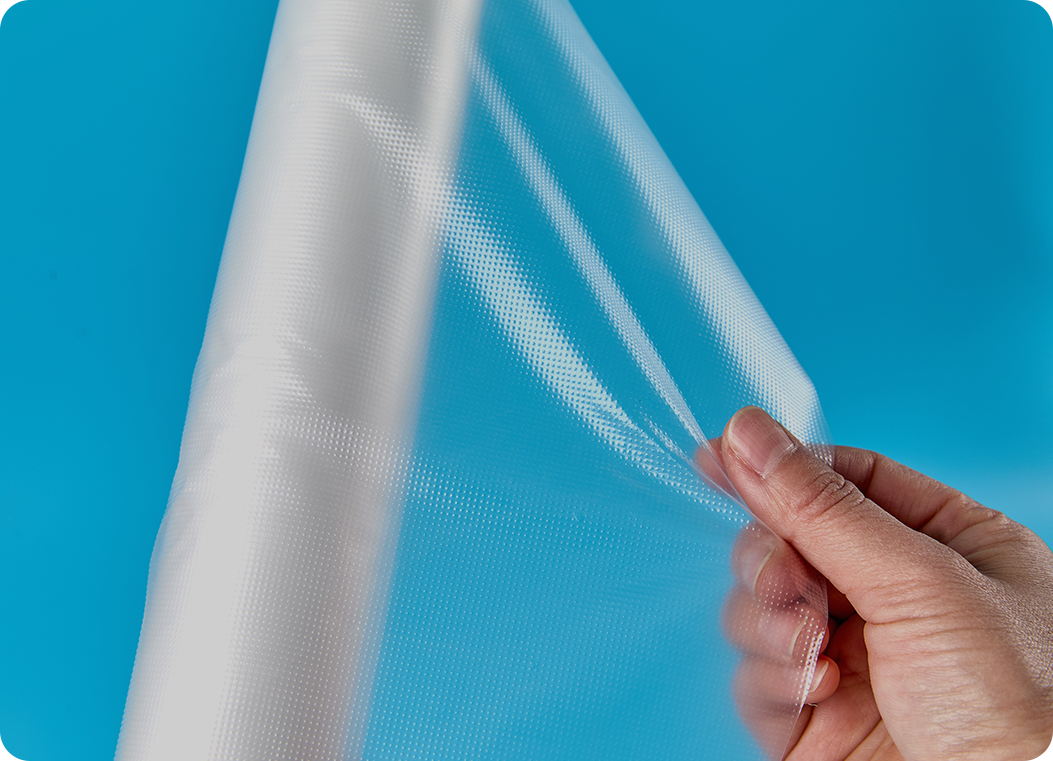
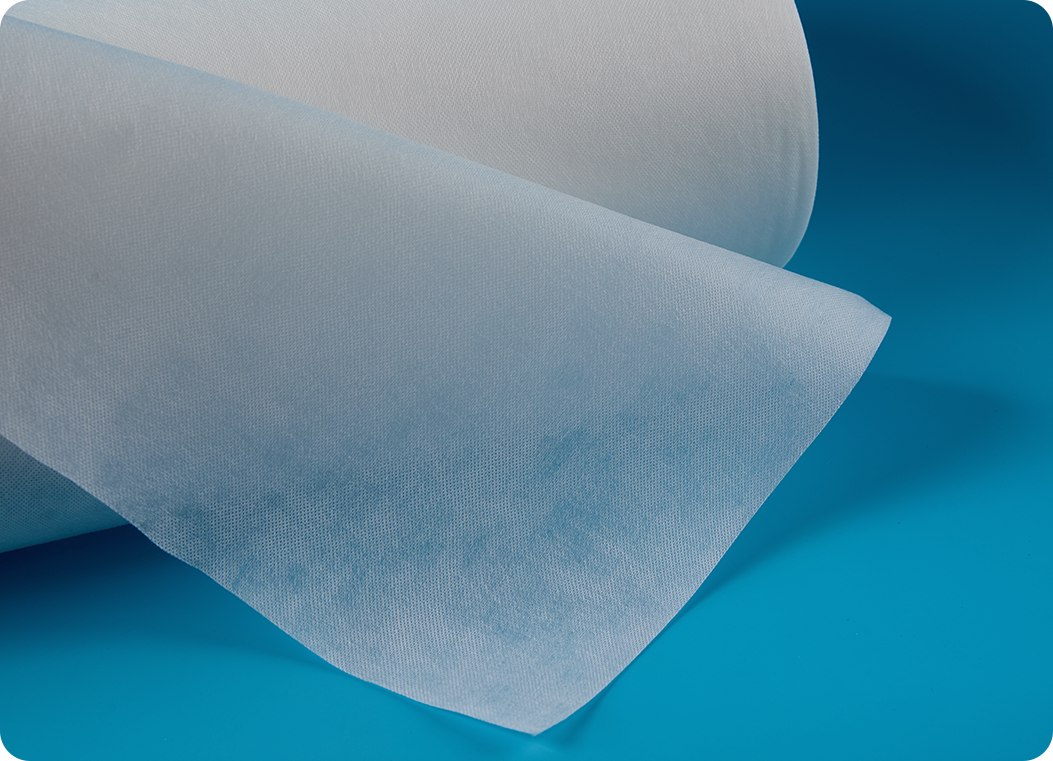
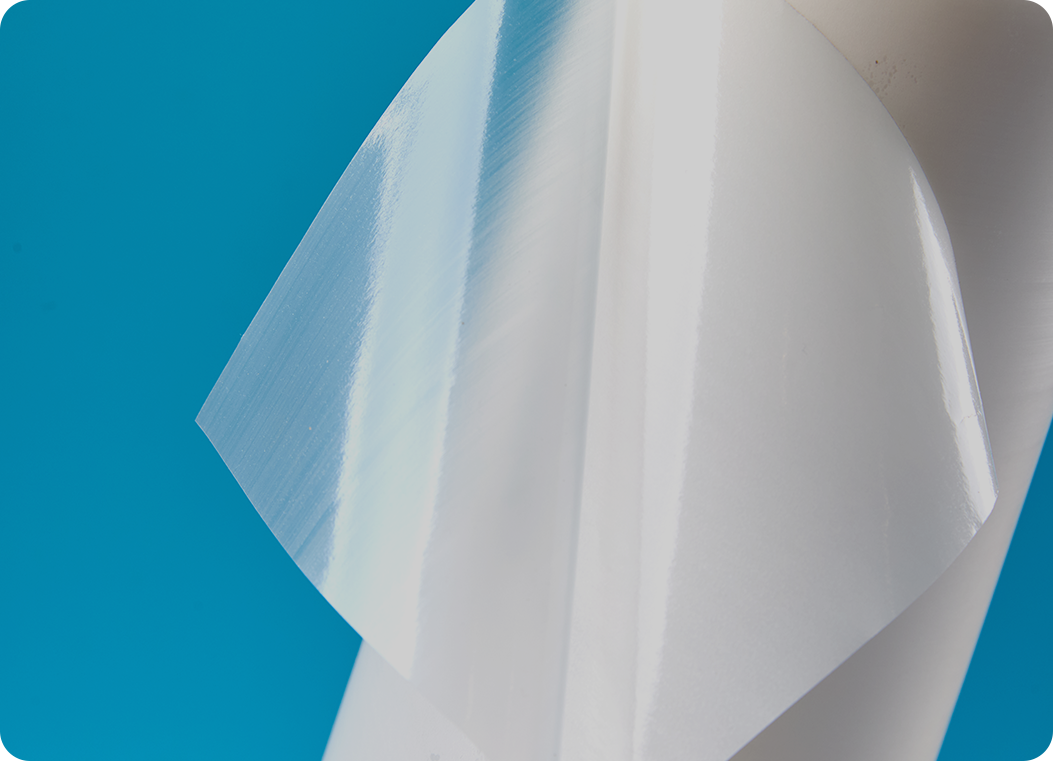
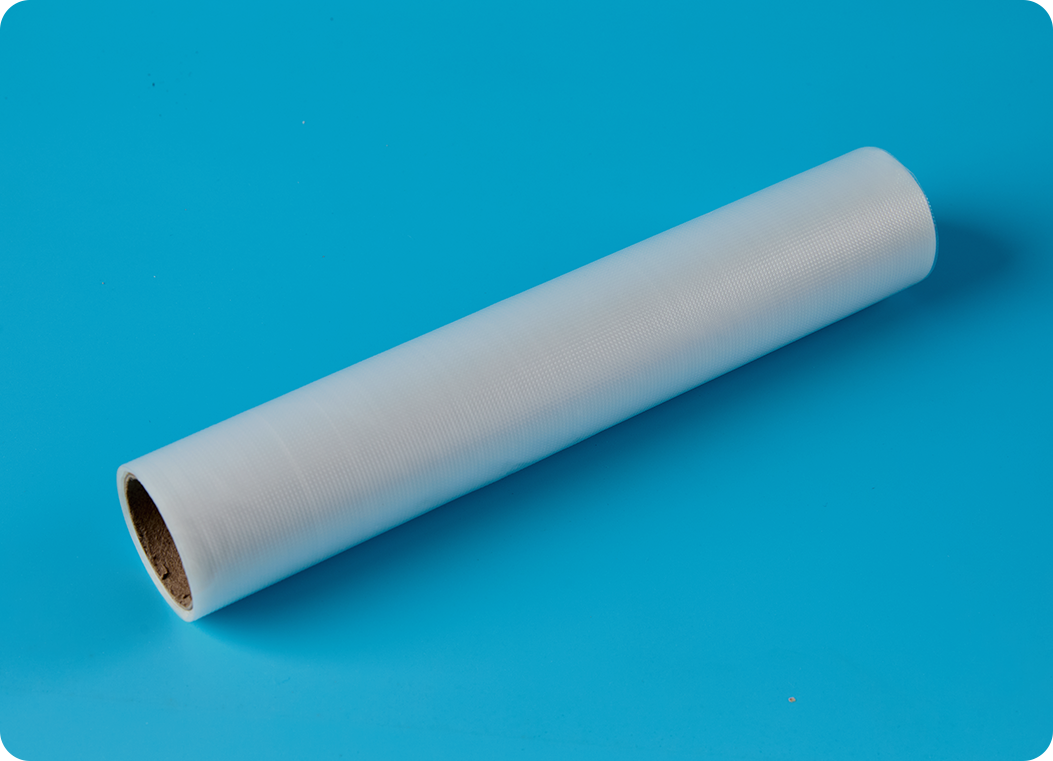
 English
English 中文简体
中文简体 Türk
Türk